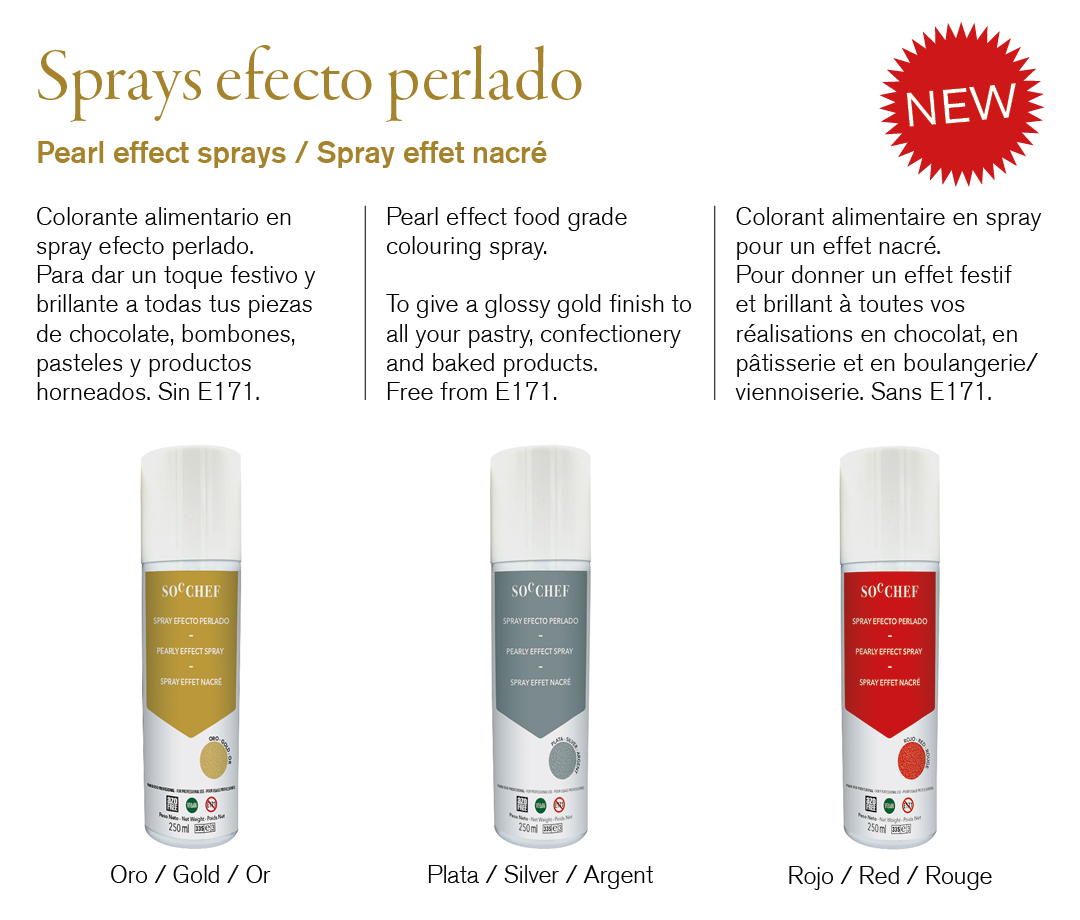- SOC CHEF
- INGREDIENTS
- UTENSILS
- DOCUMENTS
- VIDEOS
-
RECIPES
- See more RECIPES
- ANDRÉS MORENO
- ANTOINE SANTOS
- BRUNO COURET
- EMMANUEL RYON
- ÉRIC ORTUÑO
- GODELIEVE DE VLIEGHER
- GRIOTTINES
- JACQUES BELLANGER
- JEAN-FRANÇOIS ACKET
- JEAN-LOUIS LEGNEAU
- JEAN-MICHEL PERRUCHON
- JOSEP MARIA RIBÉ
- LAURENT LE DANIEL
- MICKAËL AZOUZ
- NORBERT VANNIER
- ORIOL BALAGUER
- PACO TORREBLANCA
- PHILIPPE BERTRAND
- PHILLIPPE VANDECAPPELLE
- RAMÓN MORATÓ
- SEBASTIEN LESAGE
- SERGIO ORTIZ
- STÉPHANE GLACIER
- THIERRY BAMAS
- XAVIER VILA
- PRO. MEDIA
- TRADE FAIRS
- CONTACT
-
Shop
ACIDITY TEXTURES
Acidity
In our acidity texturiser section, you’ll find acidulants, acidity regulators, flavour enhancers and antioxidants.
What are food acidulants?
Acidulants are used to increase the acidity of foods. They also help to enhance the flavour of foods that are naturally acidic.
Acidulant applications
Acidulants are added to beverages with high levels of added sugars to change the sensation of sweetness and to flavour different confectionery products.
Acidulants are also antioxidants, which extend the shelf life of food products by preventing the growth of bacteria.
What are acidity regulators?
Acidity regulators or pH regulators are food additives that help to regulate the acidity and alkalinity of foods.
To determine a substance’s level of acidity, its pH is measured.
The pH scale goes from 0 to 14, with 0-6 being acidic, 7 neutral, and 8-14 alkaline.
What are acidity regulators used for?
- To eliminate bacteria
- To stabilise pH and stop pH fluctuation
- To delay oxidation and browning of foods
- To give a characteristic flavour to certain foods
- To reduce excess sweetness of foods and beverages
- To help to preserve the sensory properties of products by preventing the growth of microbes
What are the differences between acidulants and pH regulators?
Acidulants are used exclusively to make foods and beverages more acidic (to lower their pH into the acidic range), whereas pH regulators can raise or lower the pH, making the product acidic, neutral or alkaline.
Sometimes pH regulators are used as acidulants, to make foods more acidic. Food additives often serve various purposes simultaneously.
What are flavour enhancers and what are they used for?
As the name suggests, flavour enhancers intensify flavour by bringing out the four basic flavours: sweet, salty, sour and bitter.
By themselves, flavour enhancers often have no flavour, but when added to food, they enhance the food’s flavour.
They are widely used and are frequently found in soups and sauces since, in addition to enhancing the flavour, they influence the product’s aroma, which can improve its sensation on the palate.
Another point to consider is that, for meats, frozen foods and sauces, flavour enhancers provide fresher flavour, and, at the same time, reduce the metallic flavour of canned foods.
What are antioxidants used for?
Antioxidants are primarily used to delay the oxidation of fats and to prevent decomposition. They’re used in the food industry to maintain the quality of foodstuffs.
Table of acidity texturisers
Find out more about dosages, applications and uses.
| # | Ingredients | Dosage | Applications | Use |
|---|---|---|---|---|
| 1 | CREMOR TÁRTARO | 1 to 3 grams per litre | Stabiliser and emulsifier used for whipping cream and egg whites. | Use hot or cold. |
| 2 | ASCORBIC ACID | 0.5 to 50 grams per litre | Acidulant and antioxidant. Stops cut fruit from oxidising. Vitamin C. | Use hot or cold. |
| 3 | CITRIC ACID | 0.5 to 10 grams per litre | Acidulant and preservative. Modifies pH. Activates yellow pectin. | Use hot or cold. |
| 4 | SORBIC ACID | 0.5 g to 1 g per litre | Preservative, antifungal and antibacterial. | Best mixed in hot water. For preserving olives, the law stipulates a maximum of 0.5 g per kg. |
| 5 | TARTARIC ACID | 1 to 4 grams per litre | Acidulant, emulsifier, and antioxidant. Used for sugar art. | Use hot or cold. Gives an acidic hint to confectionery mixes. |
Do you need another type of texturiser?
The SOC CHEF brand offers bulking, spherifying, and emulsifying texturising agents, as well as redy-to-use pearls and spherified products.








